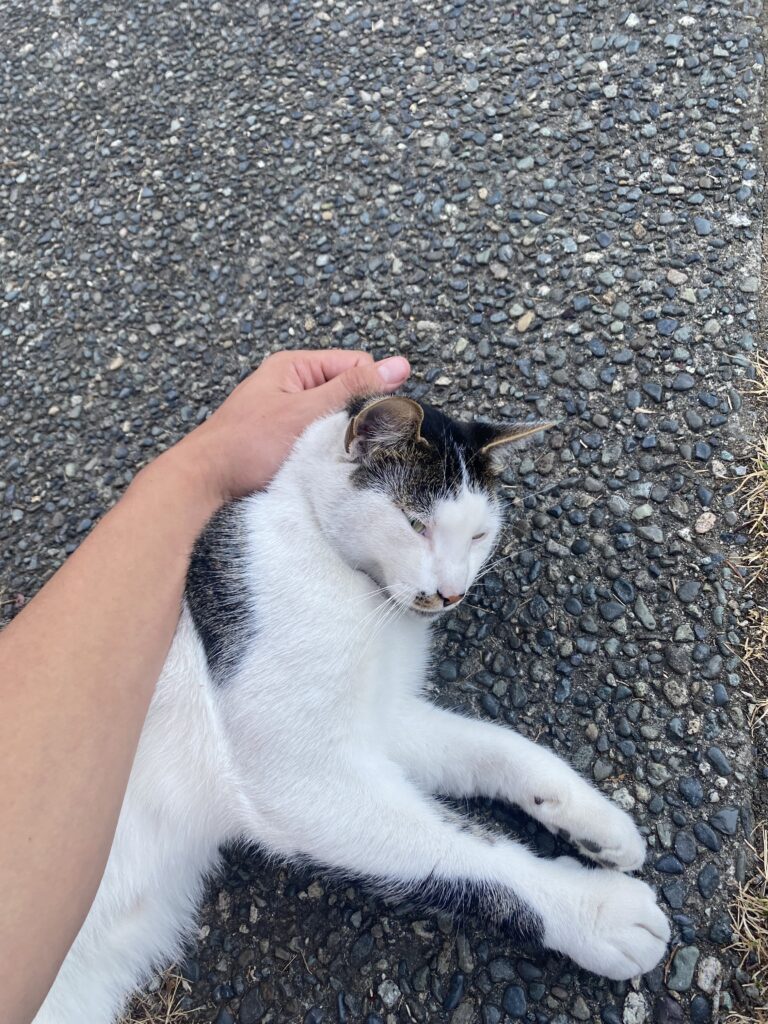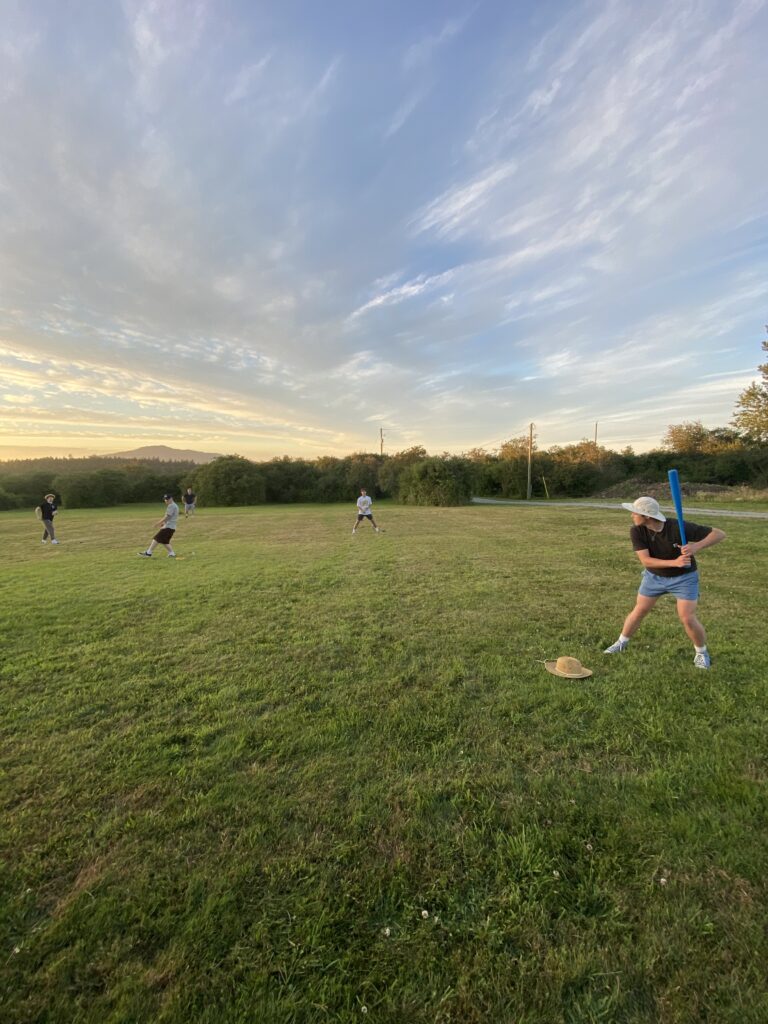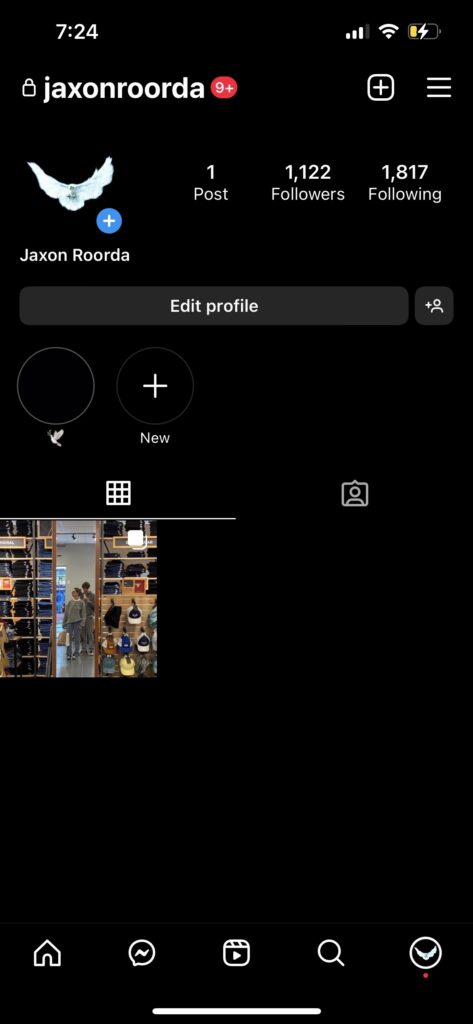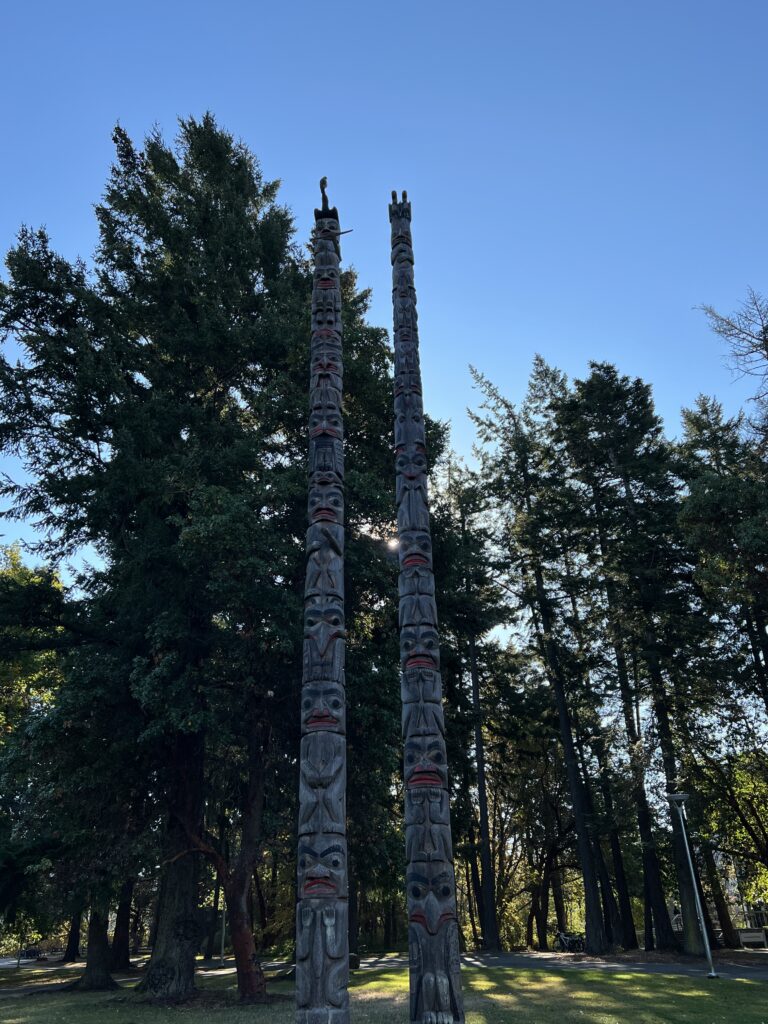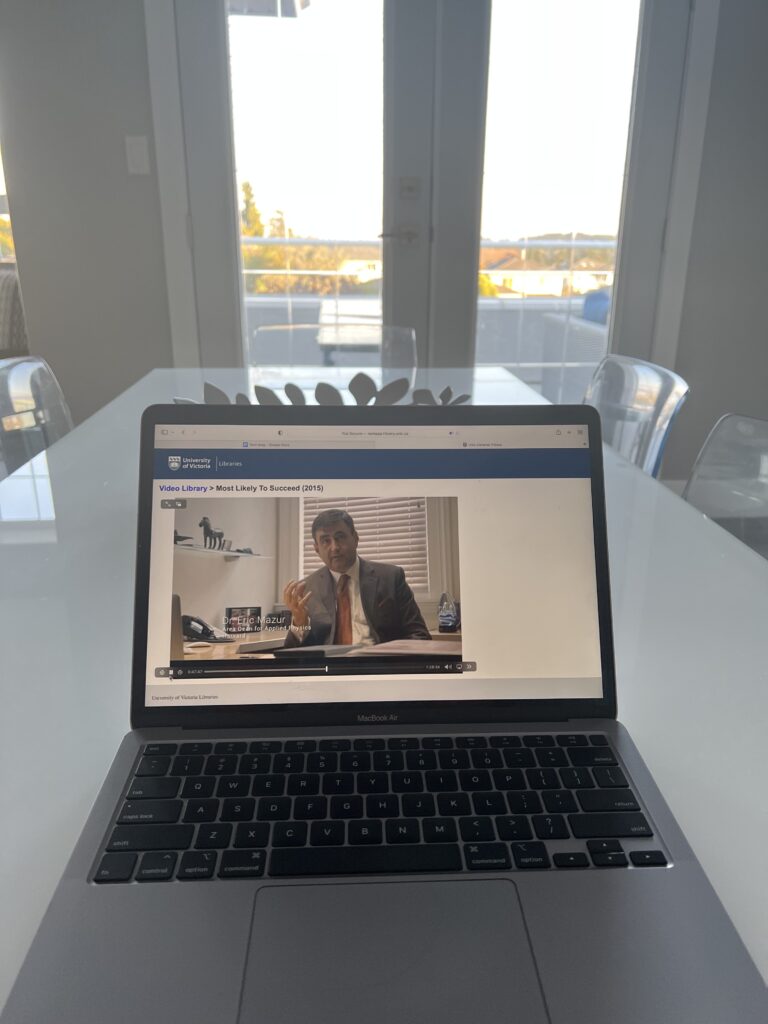For the past two weeks, I’ve been dealing with a killer flu and when I say killer, I mean it. This flu completely ruined me to the point of pure misery. I can confidently say it was the sickest I have ever been in my life. Sadly, because of this evil flu, I’ve missed our last two tech classes, meaning I have no class material to reflect on. So, for my final class reflection blog, instead of reflecting on recent classes I will be going through and reflecting on two of my classmates’ educational tech presentations.
The first presentation I will be reflecting on was done by Calissa, Chris, Shealyn and Kennedy. Their presentation is centered on the pros and cons of technology-based learning. While this is a great topic to inquire about, I chose to reflect on this presentation not because of the topic but because of the way they presented their topic. Instead of going the traditional route of doing a PowerPoint, this group decided to present their findings through a debate. I found this to be a really interesting idea as I feel it presents their material super effectively. Both sides of their argument (pros and cons) were able to express their ideas freely and in opposition to each other. Allowing the viewer to decide which side they land on based on the presented material. Very cool and smart idea!
The next and final presentation I will be reflecting on was completed by Jo, Allie, Lexi, and Kari! Unlike the last group, here I will be focusing on the content of their presentation, which focuses on the ways in which educators can engage students in the outdoors via technology. I found this to be quite a thought-provoking idea because, on the surface, it seems counterintuitive. You would think that technology would distract students from the outdoors, but after going through their presentation, they have some great ideas to work through this. My favourite of these ideas is a class geocache hunt. For anyone who doesn’t know, a geocache is an object or selection of objects that are selectively hidden. When found, the idea is that you take whatever the object holds and replace it with something of your own. Essentially, it’s a little treasure hunt, making for a super fun activity to do with a class. Students could be split into groups and given a location to a geocache on their devices which they would then use to explore their surroundings and locate the geocache. Overall, I love this idea and think it’s a great way to implement technology in an outdoor class!

Photo Credits: My photo
